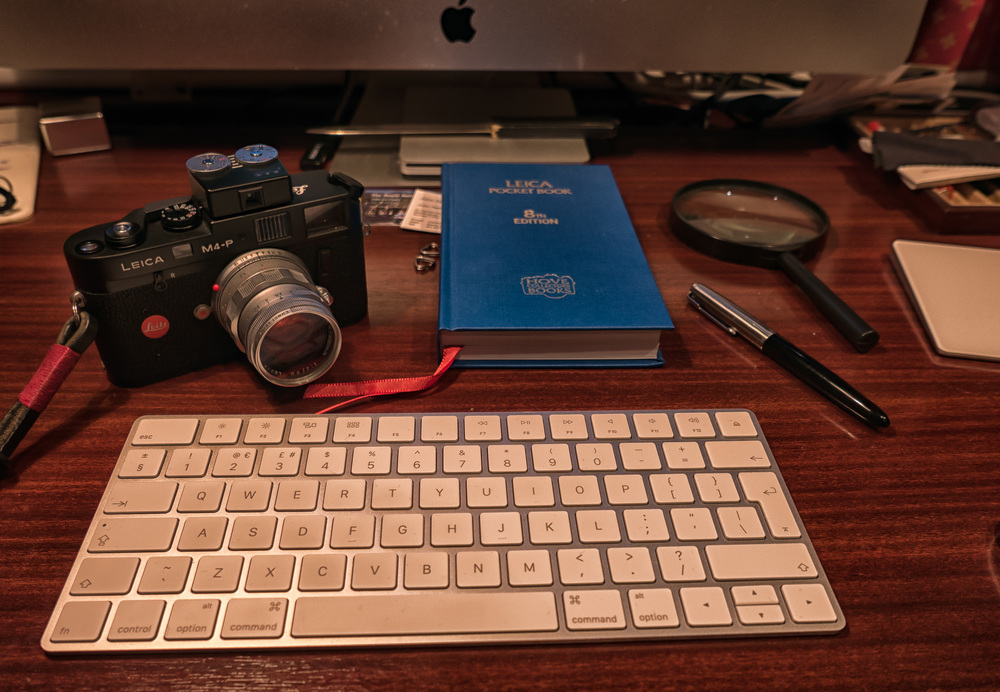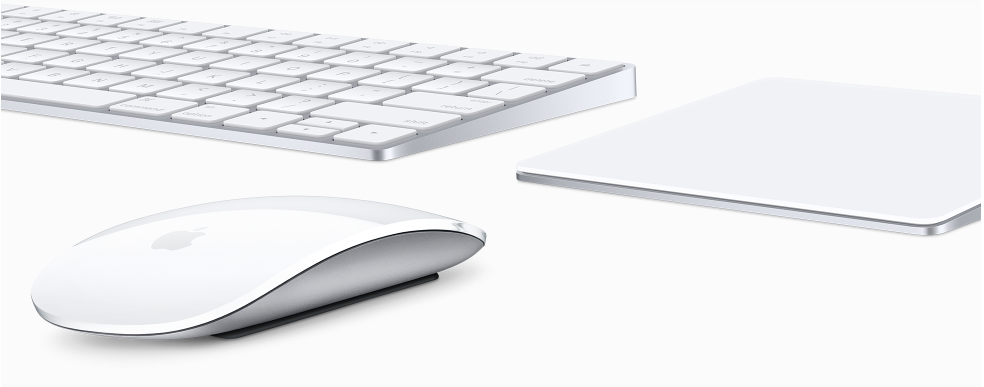
Apple’s new Magic Keyboard has had a mixed reception and I don’t understand why. I bought it with a degree of trepidation and was prepared to return it to the Apple Store later the same day, based on reviews I had read. It’s too flat and shallow, the arrow key layout is impossible to get used to, the keys are too close together and they have too little travel: These were the negative vibes I’d been getting from a number of reviews so I had to try for myself.
Within a short time I realised I did not agree with the criticism. For me, the Magic Keyboard is a major improvement on its predecessor. The Apple Wireless Keyboard has been with us for all of 13 years, in three generations, but all essentially the same format. It is undoubtedly a joy to use but it suffers from the same problem as the Magic Mouse and the trackpad—a voracious appetite for batteries. With a mouse and keyboard attached, hardly a week goes by without having to delve into the battery drawer.
Fundamental
There was also a more fundamental problem with the older generation wireless devices, including the keyboard. If your Mac booted up and Bluetooth wasn’t working—it does happen more often than you would think—there is absolutely no way of controlling the computer. On the first occasion this happened to me I had to call Apple Support and the recommendation was to look for an old wired keyboard or mouse, plug it in and use that interface to set up Bluetooth. Since then I have always kept a wired keyboard handy for emergency.
The new Magic Keyboard (and, also, the new mouse and trackpad) have a Lightning port to provide direct cable contact with the computer. While this is provided primarily for charging purposes, it also permits the devices to be used without Bluetooth connection if necessary. Only the new mouse presents a problem because the Lightning port is on the bottom, the coal face for a mouse.
Functionally, I actually prefer the new device to the old Wireless Keyboard. It is smaller, lighter and neater but sits firmly on the desk with its four rubberised feet and shows no tendency to skitter around. It does however have a tendency to gather dust which sticks to the plastic undercarriage tenaciously.
Low rise
With no need for a bulky battery tube underneath the top edge of the device, the rise on the Magic Keyboard is a mere 8mm. Several reviewers have suggested that this makes the keyboard too shallow, leading to typing errors. I don’t agree. The rise is minimal, but we are all used to MacBook keyboards where there is no rise at all—they are completely flat—and yet we still manage to type effectively. It’s just a matter of acclimatisation.
The keys have the same scissor mechanism as those on the new MacBook, with the short travel and button-like feel. The layout is the same, with the elongated Esc key and the arrow keys arranged with left and right (the most often used) keys being full size while the central up and down keys, less often used, occupying the space of one full-size key. Again, commentators have criticised this. Some have said that they just cannot get on with the arrangement.
I became fully familiar and at home with the Magic Keyboard in a few hours. I suppose having owned the MacBook for past few months has accustomed me to the feel of the keys as well as to the new arrow layout. You do get used to it and, I have to say, I think I now prefer it. I enjoy the typing experience and the short-travel keys do not bother me in the slightest. Incidentally, I would say that the travel is slightly longer than that of the MacBook, but it is essentially the same keyboard.

Numberless
Overall, I love the Magic Keyboard and will certainly not be returning it to the Apple Store. It has only one drawback, a fault shared with the original Wireless Keyboard. That is the lack of a number pad to the right of device. The Apple wired keyboard has always had a number pad and that is one of the reasons (apart from the battery gluttony of the Bluetooth device) that I preferred to use the wired keyboard, despite the unsightly and inconvenient cable. I never understood why Apple could not produce an alternative wireless keyboard with number pad for those who use numbers a lot. I suspect there just isn’t the demand. I’d settle for a separate Magic Numbered that could sit alongside the keyboard.
The Magic Keyboard costs £79 in the UK and is a recommended buy in my book. I would get it for the rechargeable battery feature alone. But overall I find it is a massive improvement on the old Wireless Keyboard .
Two weeks late: I am now typing at full speed on the new Magic Keyboard and, overall, I much prefer the feel and the typing experience to the old wireless keyboard. I have absolutely no problems with hitting the wrong keys. In fact, this keyboard is an improvement on the MacBook’s similar layout. There is a satisfying click from the keys, perhaps a bit louder than from the earlier model, but I actually prefer it. All in all, this keyboard is a winner for me.
